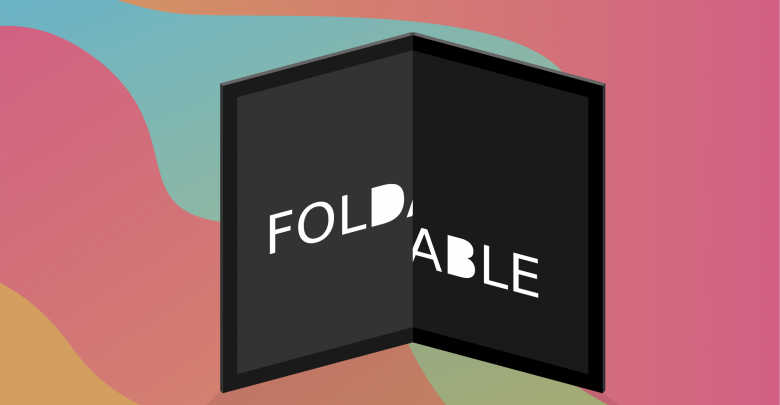
A majority of the displays we use today are based on LCD technology. LCD screens are built with two layers of glass one being base and other being on top of the the actual display. So the display techology is actually sandwiched between two layers. It needs backlight to operate which makes it thicker in comparison with the new OLED technology.
Are OLED display only good for folding? This display technology is already superior is many ways. For example, you get better color, higher contract, quicker response time and refresh rates, power efficiency since you get to turn off the individual pixels on a display. The level control and interaction with the hardware is just much more advanced. Pixel is built on the screen itself with OLED display techology. OLED is printed on a thin layer of plastic that you directly interact with.
It is apparent why a superior form of display techology OLED is an optimal choice for foldable or flexible screens today. Flexible or foldable screens has been around for a long time now but it wasn’t so obvious because it were curved edges on the display which were glued to the glass. Even the Apple iPhone X has a flexible OLED display, the edge of the display is actually bent even if it isn’t visible to you.
When we have a display technology that is thin layer of plastic there is tremendous possibilities. You get to do all sort of playful maneuvers with it. Letting a consumer fold the OLED display is just fun with a few durability caveats. It isn’t a budget mass-market thing as of now, you will be paying the premium to use it today. Since, there is no protective layer of glass like with conventional designs, some vendors has choose to opt for a protective layer to avoid accidental damage to the pixels on the display.
This is the real year of bendable or foldable screens especially smartphones as we are more likely see a substantive price cut in the foldable OLED screens making it more affordable for a lot more consumers.
You are not touching glass here, you interact with the display directly. Hence better response but questionable durability. As with any new technology, reliability would come in time as newer generation of same technology is introduced in the market.
This year’s CES displayed a more practical, robust, reliable foldable technology from Lenovo. It redefines the way the laptop works. Lenovo’s ThinkPad X1 fold laptop starts at 2499 USD. I am convinced it is a must better price for foldable display technology verus Samsung’s Galaxy Fold smartphone. ThinkPad X1 folds with reliability and a user doesn’t have to worry about the duribility like Samsung’s warning regarding touching its main display when you fold it or removing the protective layer accidentally.

Lenovo is loud about the durability of its OLED display with built-in stand using the leather wrap around the device and the level of abuse it can take. In CES 2020, it let users try out good pressure on their version of foldable display. It turns a tablet with foldable OLED screen into a laptop which you can optionally use with a bluetooth keyboard that charges itself when attached using magnets. You get to fold your X1 while the keyboard is still attached to it. You do not have to worry about carrying it separately. Wireless charging for the keyboard while it is in there is an advantage too. This is the practical foldable display device that you were looking for. It is a tablet that can be folded into a laptop or vice-versa.
I really hope 2020 is finally the year of foldable display devices that bring more practically and reliability for everyday use.

